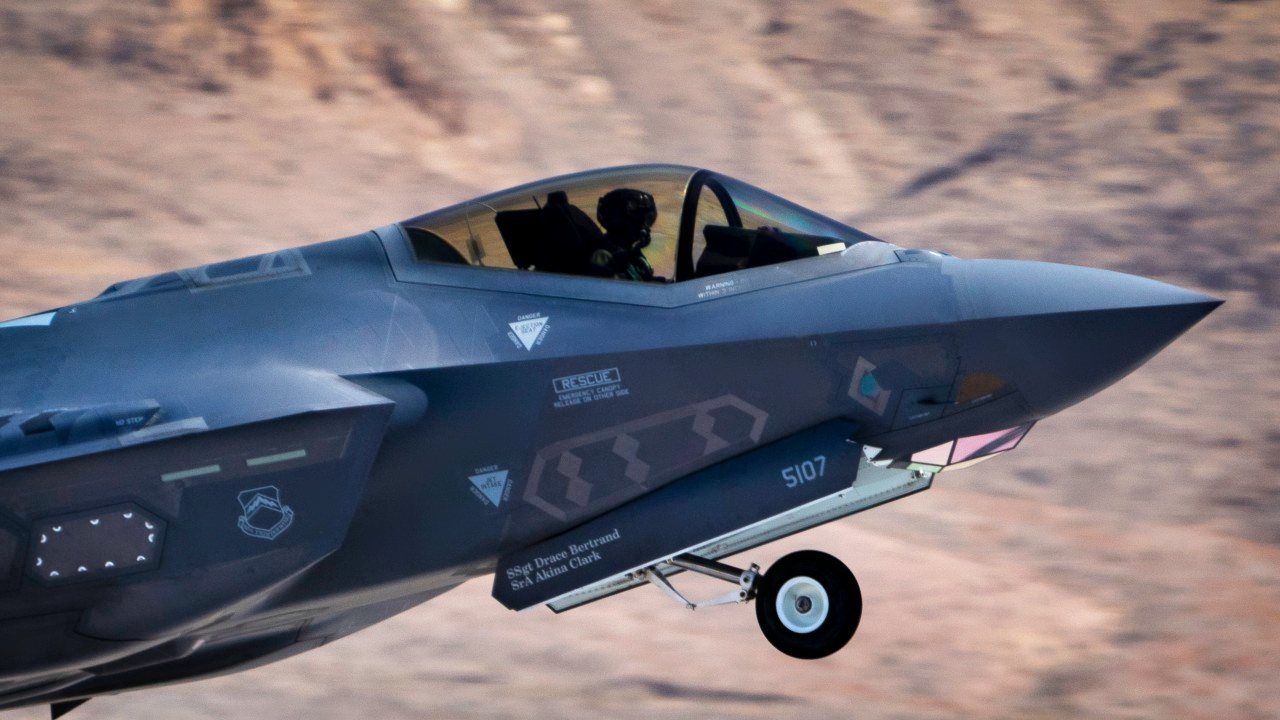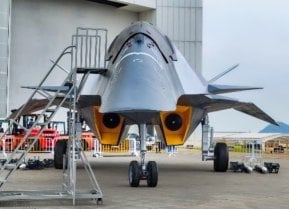F-35 Fighter Is Becoming a $2,000,000,000,000 Headache
The cost of the F-35 Joint Strike Fighter is expected to exceed $2 trillion over its lifespan, according to a new GAO report, marking a 44% increase in sustainment costs since 2018. Rising inflation and an extended operational timeline—from 2077 to 2088—are key drivers of the cost spike.
What You Need to Know: The cost of the F-35 Joint Strike Fighter is expected to exceed $2 trillion over its lifespan, according to a new GAO report, marking a 44% increase in sustainment costs since 2018. Rising inflation and an extended operational timeline—from 2077 to 2088—are key drivers of the cost spike.

-Efforts to reduce costs, including contract adjustments and reduced flight hours, have seen limited success. Despite these investments, the F-35 struggles with mission-capable rates well below targets, raising questions about the program’s value.
-With a mission-capable rate of only 52% for the F-35A, critics view it as a cautionary tale of runaway military spending.
F-35 Fighter Costs: Reaching a Breaking Point?
The cost of the F-35 Joint Strike Fighter keeps rising and rising. A report from the Government Accountability Office (GAO) shows that costs for the fifth-generation F-35 are expected to exceed $2 trillion over the jet’s lifespan. The GAO’s new estimate represents a forty-four percent increase in sustainment costs over the last estimate, made in 2018. The massive increase stems from U.S. military plans to fly the F-35 longer than originally intended and rising inflation.
Runaway Costs
In 2018, the GAO estimated that the F-35 program would incur $1.1 trillion in sustainment costs. The sustainment costs, paired with the $442 billion in acquisition costs, which included development and procurement of the F-35, combined to represent the entire cost of the F-35 program. The GAO’s new estimate, however, shows a spike in sustainment costs from $1.1 trillion to $1.6 trillion, a forty-four percent increase, which will push the program’s entire cost north of $2 trillion.
The cost increase can be attributed, in part, to the Pentagon's plans to fly the F-35 for eleven years longer than originally intended; rather than retire the F-35 in 2077, the Pentagon now plans to fly the jet through 2088. But the extended lifespan is only part of the problem.

“Rising inflation is a major factor driving up the cost of flying the F-35,” Defense News reported. “And while the F-35 program has made attempts to bring costs back down, the report noted those efforts have had only limited success.”
The F-35 Joint Program Office explained their cost-cutting efforts in a statement to Defense News: “We have continued to reduce sustainment costs through growth and maturation of the F-35 enterprise, including JPO product support manager efforts to drive down contract costs, better alignment of U.S. services’ requirements and budgets, and an active cost reduction initiative pipeline.”
The efforts have had some success, between 2014 and 2022, the cost per F-35 fell from $9.4 million to $6.2 million while the cost per hour to operate the F-35 fell from $86,800 to $33,600.
Part of the cost reduction effort has been a reduction in flight time per jet, which partially defeats the purpose of having the jet. In 2020, projections held that the F-35 fleet would be flying about 382,000 hours per year by the mid-2030s. But that projection has been reduced to barely 300,000 hours per year.
The F-35 has proven to be a cautionary example of military spending. Despite the massive investment in the F-35, the jet is still failing to meet mission-capable rates. The F-35A, for example, had a mission-capable rate of just fifty-two percent in 2023. The minimum target rate is eighty percent. The F-35B had a mission-capable rate of sixty percent while the F-35C held a sixty-two percent rating.
Both variants have a target rate of seventy-five percent.
The inability of the F-35 to be consistently ready for action calls further into question the amount spent on the program.
About the Author:
Harrison Kass is a defense and national security writer with over 1,000 total pieces on issues involving global affairs. An attorney, pilot, guitarist, and minor pro hockey player, Harrison joined the US Air Force as a Pilot Trainee but was medically discharged. Harrison holds a BA from Lake Forest College, a JD from the University of Oregon, and an MA from New York University. Harrison listens to Dokken.
Image Credit: Creative Commons and/or Shutterstock.


